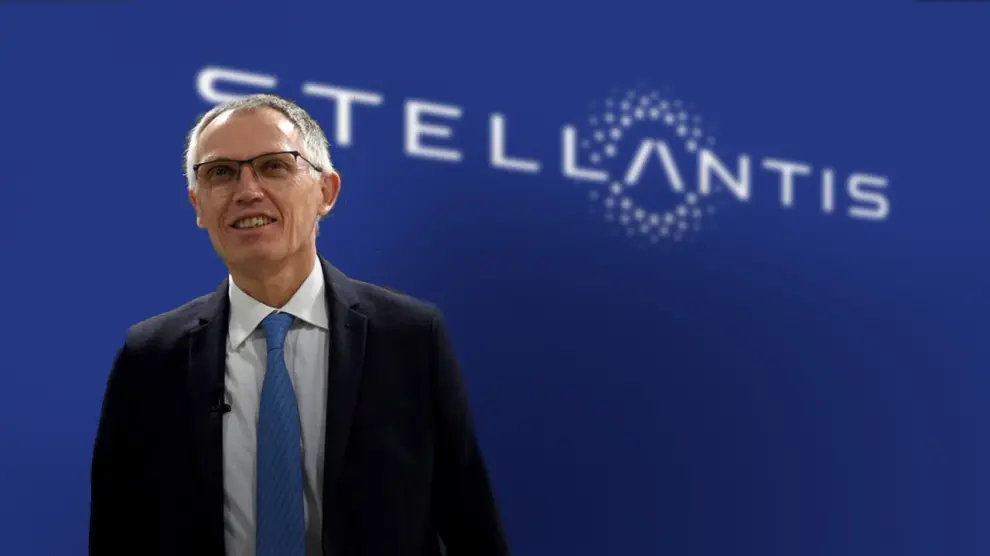Carlos Tavares, CEO of Stellantis, was involved in a fierce internal clash with the company’s board over his approach to resolving the crisis facing its US operations.
According to sources familiar with the matter, Tavares, who heads the world’s fourth-largest automaker, concentrated his efforts on implementing a cost-cutting strategy to address immediate challenges. This focus, however, raised concerns among investors and executives about the lack of a longer-term vision for the company.
The situation took a dramatic turn when Tavares unexpectedly resigned, causing Stellantis’ stock price to plummet by up to 10%, bringing its value to its lowest point since July 2022.
Tensions escalated quickly as, despite warnings about the need for a long-term recovery plan, Tavares remained committed to short-term solutions, a stance that analysts and board members felt exacerbated the company’s problems.
“The board is concerned about Tavares’ cost-cutting strategy, which has negatively affected product quality and limited the company’s ability to develop new models,” said an investment banker familiar with the issue.
Furthermore, both dealers and distributors expressed their frustration with Tavares’ approach, pointing to delays in key launches such as the Peugeot 3008 SUV and the Citroën C3 urban car, including its electric version, the e-C3.
The tension became even more evident when the board felt that Tavares was prioritising his personal reputation over the long-term interests of Stellantis. “The board felt that Tavares was more focused on finding quick fixes to save his image rather than addressing the company’s underlying issues,” revealed a source close to the situation.
In addition to the cost-cutting measures, Stellantis faces several significant challenges in both its primary market in the US and in Europe, where the company struggles with rising inflation and increasing competition from Chinese manufacturers, particularly in the electric vehicle sector.
The company is also grappling with excess inventory and reduced global demand, which has placed even more pressure on its structure.
“The problems in the US market, along with competition from Chinese electric vehicles, have put Stellantis in an uncomfortable position,” noted Bernstein analyst Stephen Reitman.
“These problems are deeply rooted and not easily solvable, as demonstrated by Tavares’ early departure.”
One of the main points of contention was Tavares’ firm stance on the EU’s stricter emissions targets, which require Stellantis to achieve a 21% electric vehicle sales quota by 2025.
The new regulations, set to come into force in January, could result in a fine of up to €3 billion if the company fails to meet the target. Currently, Stellantis’ electric vehicle sales in the EU stand at around 12%, which adds additional pressure to the situation.
Despite these challenges, Tavares repeatedly reaffirmed Stellantis’ commitment to meeting the EU’s targets, challenging the proposed last-minute regulatory delays from the European automotive lobby (ACEA).
However, Tavares’ approach was not enough to assuage investors’ concerns or quell the discontent from unions, who also voiced dissatisfaction due to the lack of investment and tensions with dealers.
In conclusion, the clash between Tavares and Stellantis’ board underscores the difficulties facing the automaker amid growing competition, regulatory changes, and internal challenges.
What started as an effort to save the company in the short term has revealed just how deep and complex the long-term problems are,” said analyst Stephen Reitman.
As Stellantis faces these challenges, it remains to be seen how the company will overcome this leadership crisis and find the right path to recovery.







